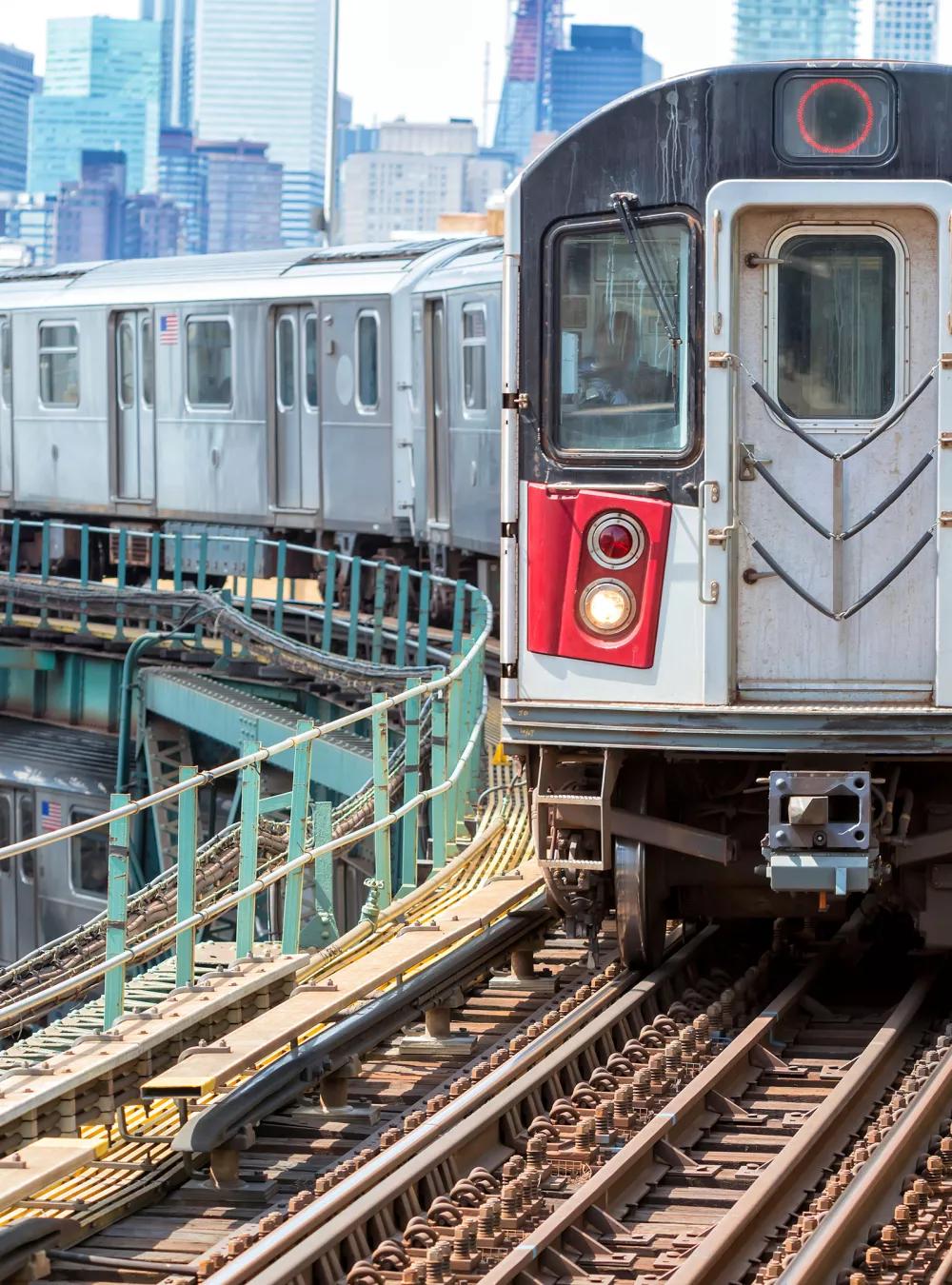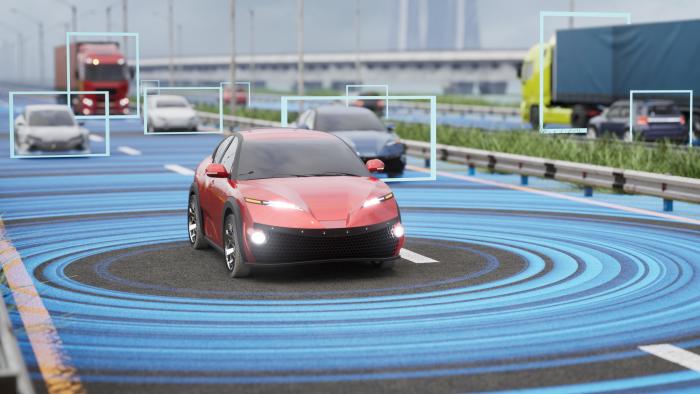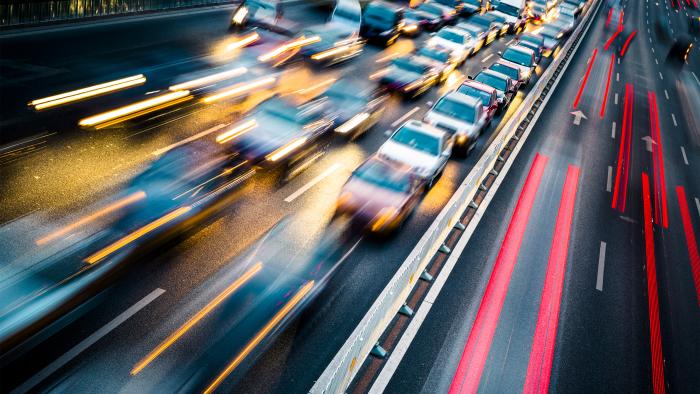
The Future of Transportation: Public Perceptions
The transportation ecosystem is evolving rapidly. What the future looks like is still taking shape.
Understanding what transportation users want can help state, local, and federal agencies plan for the future.
U.S. consumers are optimistic about the future of transportation, yet they have reservations about some aspects, including artificial intelligence (AI). Safety and affordability are also important improvements. A transportation future that's reliable and sustainable requires focused investment and collaboration among government and industry.
User priorities and opinions can help shape the future of transportation and inform policy decisions by transportation agencies, industry, and researchers as we plan for that future. Specifically:
- Areas of focus with limited budgets
- How to roll out self-driving vehicles
- The need for additional electric vehicle capacity
- How to increase public transit ridership
MITRE-Harris Poll Survey on the Future of Transportation
Key Findings
- 40% expect to use driverless cars, ridesharing vehicles, and delivery vehicles
- 60% expect to use driverless taxis in urban areas
- 60% expect to use hybrid or electric vehicles in their lifetime
Transportation's Future
America’s transportation future is at an inflection point. The decisions we make in the coming years set the course for decades to come. Users are optimistic and their expectations are high.
We need integrated planning across federal, state, and local governments; industry; academia; and trade groups to achieve these ambitious goals.
Collaboration is Necessary
Broad and wide-ranging priorities show the need to continue to advance and improve our transportation infrastructure. The desire for our streets and skies to be safer underscores the necessity of collaborative safety research among industry, government, and independent third parties.
Working together, the transportation industry can use data to proactively discover potential hazards, implement mitigation, and make our infrastructure safer and more effective.
40% of Americans say their transportation experience will improve in the next 10 years.
AI Adoption
U.S. consumers express a willingness to try new technologies, and their adoption will dramatically impact the transportation landscape.
AI and automation across transportation modes is reshaping our experience.
However, the skepticism reflected in these findings shows the importance of getting it right to ensure a safe and secure system.
Efforts must remain focused on assurance, reliability, and transparency.
44% say AI and Automation will have beneficial impact over the next 10 years.
Generational Differences
When looking at the future of transportation, Gen Z (born 1997-2013), stands out from other generations:
- 85% of Gen Z say it is important to increase environmental sustainability over the next 10 years.
- 79% say they expect to use a hybrid or electric vehicle in the next 10 years.
- Most are optimistic about the future of the transportation experience.
- Skeptical about the role of AI and automation in transportation.
6-in-10 expect to use hybrid/electric vehicles in their lifetime.
Where MITRE Comes In
As we create the future of transportation, understanding what users expect and want is a crucial part of creating a mobility landscape that works for everyone. This MITRE-Harris Poll survey provides vital insight that will help set the stage for the next phase of transportation planning and collaboration among industry, government, and academia.
MITRE's Work in Transportation

Fact Sheet
Partnering to Advance Traffic Safety
This survey was conducted by The Harris Poll on behalf of MITRE via the Harris On Demand omnibus product.
- Sample size: n=2,096
- Qualification Criteria: U.S. residents, adults ages 18+
- Mode: Online survey
- Weighting: Data weighted to ensure results are projectable to U.S. adults ages 18+
- Field Dates: October 10-12, 2023
- In tables and charts: Percentages may not add up to 100% due to weighting, computer rounding, and/or the acceptance of multiple responses.
Please contact media@mitre.org for questions or attribution.





